When we think of ancient creatures, dinosaurs often come to mind first. These magnificent reptiles ruled the Earth for approximately 165 million years, from the Late Triassic period (about 231 million years ago) until their sudden extinction at the end of the Cretaceous period (about 66 million years ago). However, the history of animal life on our planet extends much further back, with numerous species evolving long before the first dinosaurs appeared. Some of these ancient lineages have survived to the present day, representing living fossils that offer fascinating windows into Earth’s distant past. Let’s explore ten remarkable animals whose ancestral lineages predate the age of dinosaurs, making them truly ancient survivors in evolutionary terms.
The Timeline of Life Before Dinosaurs

To properly appreciate these ancient animals, we need to understand Earth’s timeline. Life on our planet began approximately 3.7 billion years ago with simple single-celled organisms. The first complex multicellular animals appeared during the Ediacaran Period (635-541 million years ago), followed by the Cambrian Explosion (541-485 million years ago) when most major animal groups first appeared in the fossil record. Dinosaurs, by comparison, first evolved around 231 million years ago during the Triassic Period. This means that animals whose lineages originated before this point have evolutionary histories that predate dinosaurs—some by hundreds of millions of years.
10. Horseshoe Crabs – 445 Million Years Old

Horseshoe crabs are often called “living fossils” because they have remained virtually unchanged for over 445 million years, since the Ordovician Period. These remarkable marine arthropods are not actually crabs but are more closely related to spiders and scorpions. With their distinctive horseshoe-shaped shells and long, spiky tails, they look almost alien but represent one of Earth’s oldest surviving animal lineages. Fossils of horseshoe crabs from 445 million years ago appear strikingly similar to modern specimens, showing just how successful and evolutionarily stable their body plan has been. Today, only four species exist worldwide, and they face threats from habitat loss and harvesting for their blue blood, which contains a compound used in medical testing.
9. Nautilus – 500 Million Years Old

The nautilus, with its beautiful spiral shell, belongs to a group of cephalopods whose origins date back nearly 500 million years to the Late Cambrian period. Modern nautiluses are the last surviving members of the subclass Nautiloidea, which once included thousands of species. Unlike their relatives—octopuses, squids, and cuttlefish—nautiluses have retained their external shells, which feature distinctive chambers connected by a siphuncle that helps regulate buoyancy. These deep-sea dwellers can live up to 20 years and grow to about 10 inches in diameter. Their primitive camera-like eyes, lack of a lens, and relatively simple brain structure further highlight their ancient evolutionary position. Despite surviving multiple mass extinctions including the one that wiped out the dinosaurs, today’s nautilus species face threats from overfishing and habitat degradation.
8. Sponges – Over 600 Million Years Old

Sponges (Phylum Porifera) are among the simplest and oldest multicellular animals on Earth, with fossils dating back over 600 million years to the Ediacaran period—long before dinosaurs emerged. These primitive animals lack true tissues and organs, instead functioning through specialized cells arranged in a porous structure that filters water for nutrients. Despite their simplicity, sponges have proven remarkably successful, with approximately 8,500 known species today occupying various marine and freshwater habitats worldwide. Their ancient lineage makes them crucial for understanding early animal evolution. Research on sponge genetics has revealed surprising complexity, with many genes similar to those found in more complex animals, suggesting that the basic genetic toolkit for animal development was already present in these early organisms.
7. Jellyfish – 650 Million Years Old

Jellyfish have been pulsating through Earth’s oceans for an astonishing 650 million years—more than three times longer than dinosaurs existed. These gelatinous creatures belong to the phylum Cnidaria and are among the oldest multicellular animals on the planet. Fossil evidence of jellyfish impressions dates back to the Ediacaran period, with specimens showing the same basic umbrella-shaped body plan seen in modern species. Despite lacking a brain, blood, or even a heart, jellyfish have survived through countless geological periods and mass extinctions due to their simple yet effective biological design. They use specialized stinging cells called nematocysts to capture prey and defend themselves, a feature that has remained effective for hundreds of millions of years. With over 2,000 known species ranging from tiny box jellyfish to giant lion’s mane jellyfish with tentacles over 100 feet long, these ancient creatures continue to thrive in today’s oceans.
6. Crinoids (Sea Lilies) – 480 Million Years Old
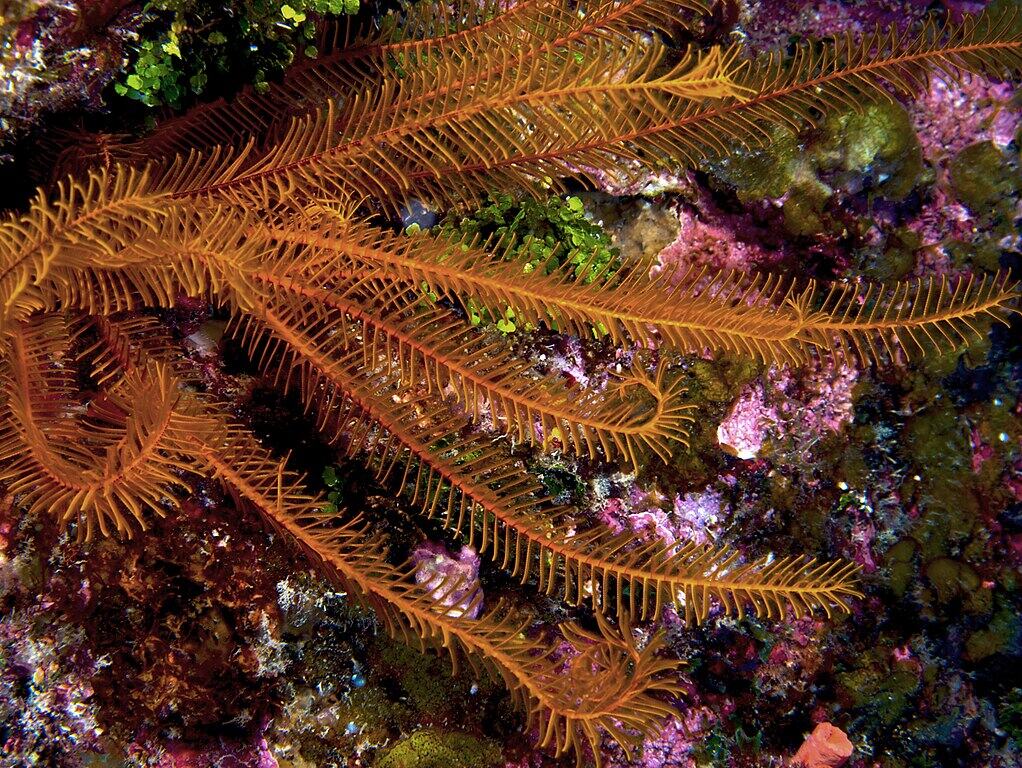
Crinoids, commonly known as sea lilies or feather stars, first appeared in the Ordovician period around 480 million years ago. These marine animals belong to the phylum Echinodermata, making them relatives of starfish and sea urchins. Ancient crinoids were mostly stalked, attaching themselves to the seafloor and extending their feathery arms to filter feed from passing currents. During the Paleozoic Era, they were so abundant that entire limestone beds formed from their fossilized remains. While many crinoid groups perished during mass extinctions, approximately 600 species survive today. Modern crinoids include both stalked varieties (sea lilies) that remain fixed in place and free-swimming feather stars that can move along the seafloor using their arms. Their ancient lineage and relatively unchanged body structure make them true living fossils that provide valuable insights into ancient marine ecosystems that existed long before dinosaurs evolved.
5. Lampreys – 360 Million Years Old
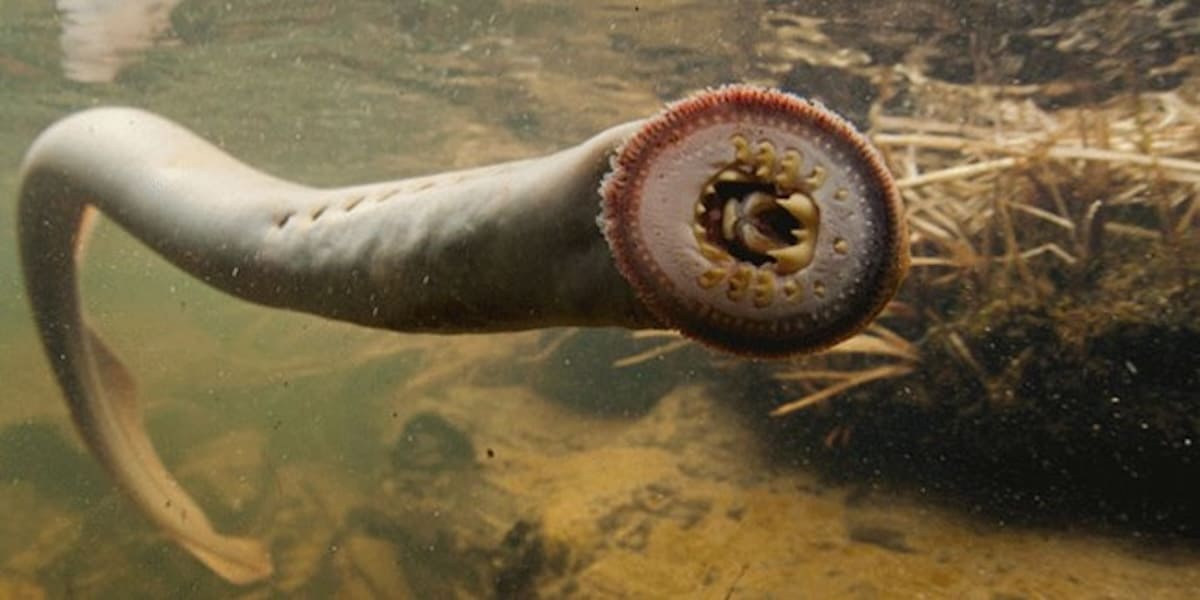
Lampreys are jawless, eel-like fish that have been swimming in Earth’s waters for at least 360 million years, since the Late Devonian period. These primitive vertebrates are among the oldest existing lineages of vertebrate animals and evolved long before dinosaurs. Lampreys lack paired fins and a true backbone, instead possessing a notochord (a flexible rod-like structure) and a distinctive circular, tooth-lined mouth that they use to latch onto other fish as parasites. Fossil lampreys from the Carboniferous period show remarkably similar features to modern species, demonstrating the evolutionary success of their body plan. Today, about 40 species of lampreys exist worldwide in both marine and freshwater environments. Despite their ancient origins and survival through multiple mass extinctions, many lamprey species now face threats from habitat destruction, pollution, and barriers to migration like dams.
4. Sharks – 450 Million Years Old

The shark lineage dates back approximately 450 million years to the Late Ordovician period, making these predators nearly twice as old as the first dinosaurs. Early sharks looked quite different from modern species, but their evolutionary success is undeniable—they’ve survived all five major mass extinction events, including the one that wiped out the dinosaurs. Sharks are characterized by their cartilaginous skeletons, multiple rows of replaceable teeth, and highly developed senses. The oldest complete shark fossils date back to about 410 million years ago, though older fossilized scales and teeth suggest an even earlier origin. Throughout their long evolutionary history, sharks have diversified into over 500 species ranging from the tiny 8-inch dwarf lanternshark to the massive 40-foot whale shark. Their ancient lineage has allowed them to evolve extraordinary adaptations, including electroreception for detecting prey, countershading camouflage, and incredibly efficient immune systems that scientists study for medical applications.
3. Scorpions – 430 Million Years Old
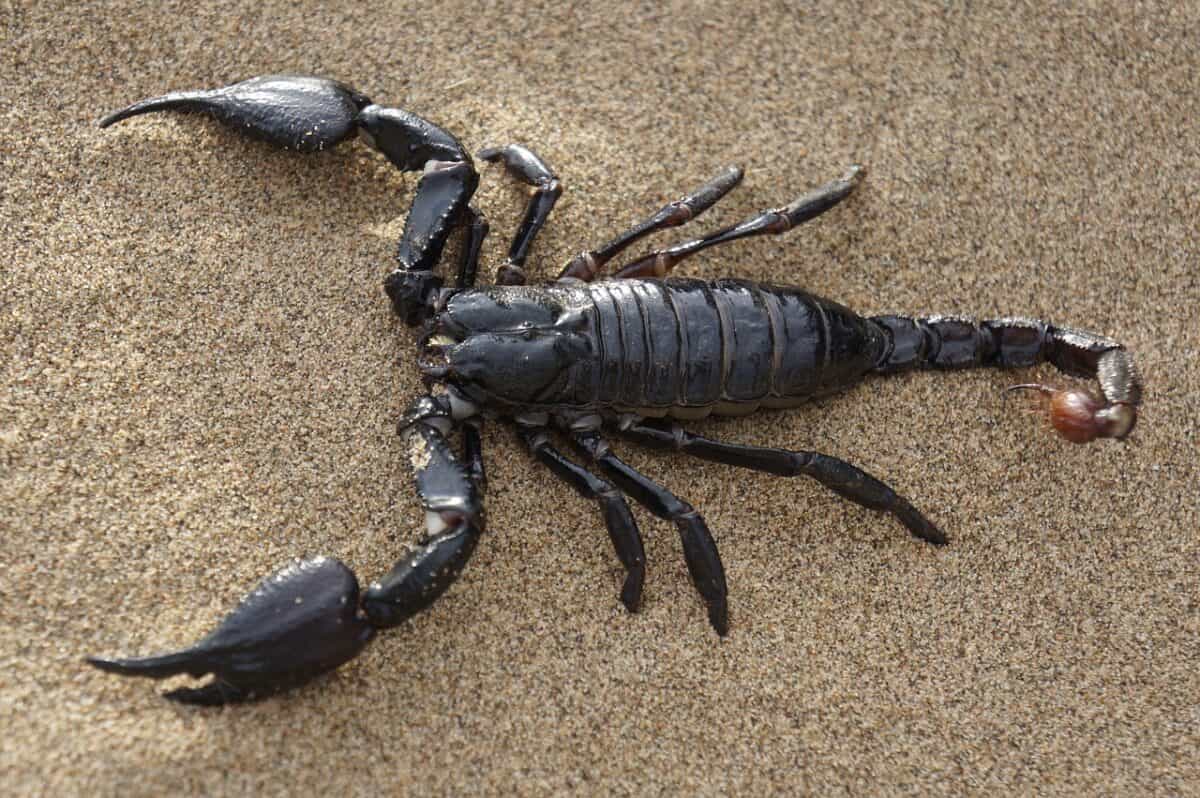
Scorpions first appear in the fossil record around 430 million years ago during the Silurian period, long before dinosaurs roamed the Earth. The earliest scorpions were aquatic or amphibious, with subsequent evolution leading to the terrestrial arachnids we know today. Fossil evidence suggests that scorpions were among the first animals to transition from marine to terrestrial habitats, representing a significant evolutionary milestone. Modern scorpions retain many primitive features of their ancient ancestors, including their distinctive body plan with pincers, segmented tail, and venomous stinger. Despite their ancient origins, scorpions have proven remarkably adaptable, with approximately 2,500 species currently inhabiting environments from deserts to rainforests across six continents. These resilient arthropods can slow their metabolism dramatically to survive harsh conditions, with some species able to live on a single insect per year. Their ability to fluoresce under ultraviolet light—a characteristic present even in 410-million-year-old fossils—further demonstrates the evolutionary stability of these ancient creatures.
2. Brachiopods – 540 Million Years Old
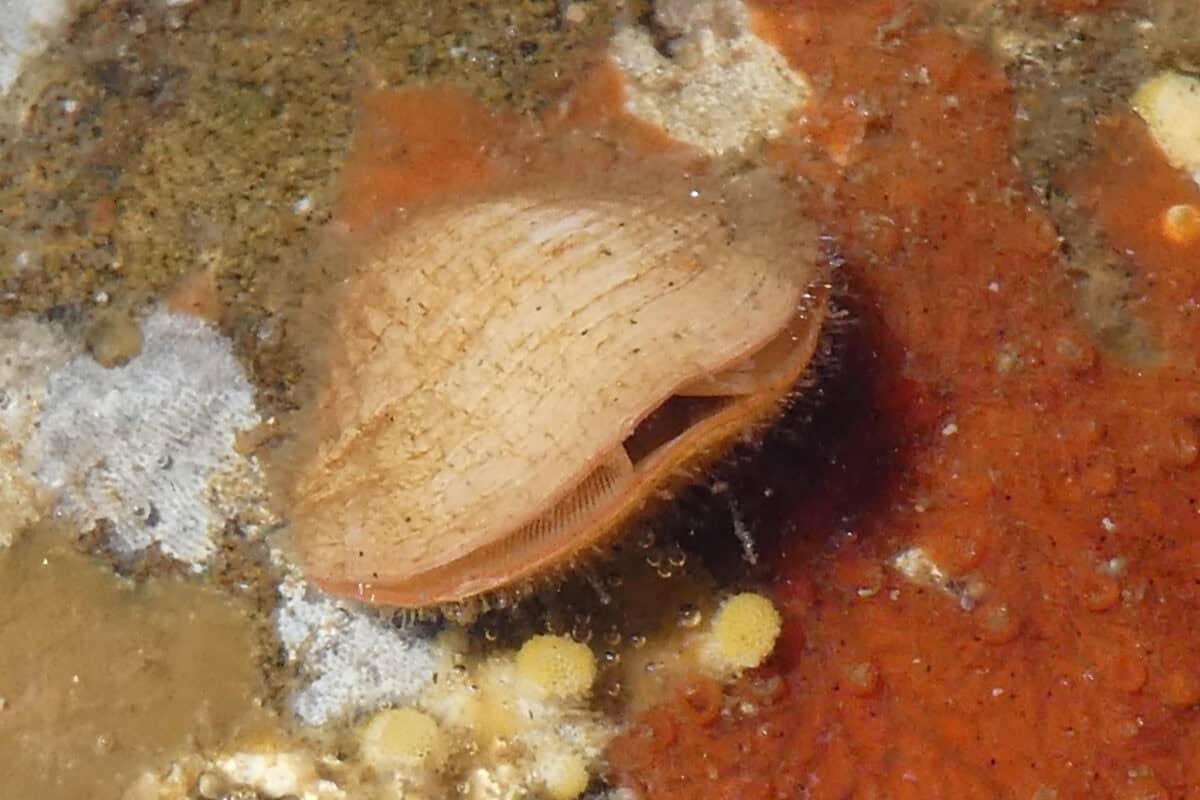
Brachiopods, often mistaken for clams or other bivalve mollusks, are actually a distinct phylum of marine animals that first appeared during the early Cambrian period, approximately 540 million years ago. These shelled creatures reached their peak diversity during the Paleozoic Era, with thousands of species dominating the seafloor long before dinosaurs existed. Brachiopods possess two unequal shells connected by a hinge and a fleshy stalk called a pedicle that anchors them to the ocean floor. While over 30,000 fossil species have been identified, only about 300-500 species survive today, making them living fossils that provide a direct link to ancient marine ecosystems. Modern brachiopods can be found from shallow coastal waters to deep-sea trenches, where they filter feed by capturing plankton with a specialized organ called a lophophore. Their long evolutionary history, spanning over half a billion years, makes them important indicators of environmental conditions through geological time.
1. Tuatara – 250 Million Years Old

The tuatara may look like an ordinary lizard, but it represents the last surviving member of the order Rhynchocephalia, which originated around 250 million years ago in the Early Triassic—just before dinosaurs evolved. Native exclusively to New Zealand, these remarkable reptiles are often called “living fossils” because they’ve changed little from their ancient ancestors. Tuataras possess several primitive features that distinguish them from lizards, including a unique skull structure, a primitive heart, and a “third eye”—a light-sensitive organ on top of the head. They are extremely long-lived, with lifespans potentially exceeding 100 years, and have one of the slowest growth rates and metabolisms among reptiles. Tuataras also can regenerate their tails and are known for their exceptionally slow reproductive rate, with females laying eggs only every 2-5 years. With only one surviving genus (Sphenodon) containing one or possibly two species, the tuatara represents an entire branch of the reptile family tree that predates dinosaurs and has survived relatively unchanged while its dinosaur contemporaries disappeared.
The Remarkable Resilience of Ancient Lineages
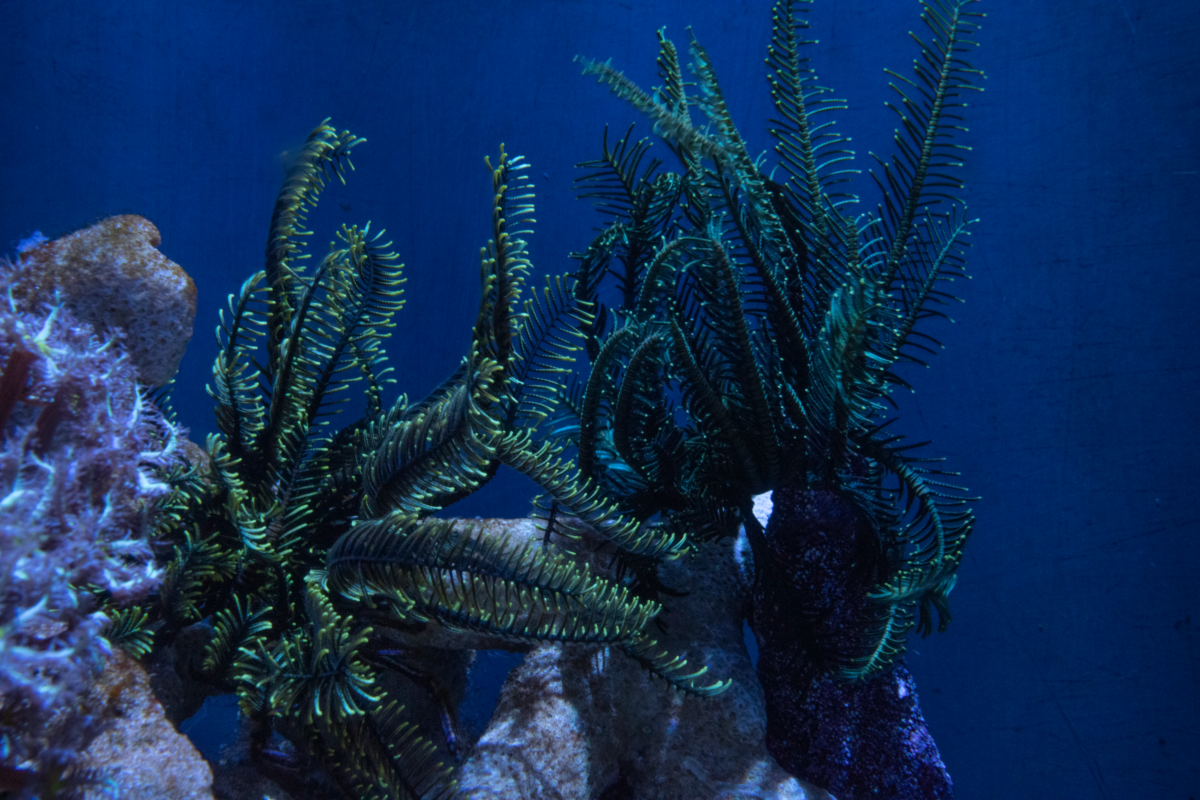
The animals discussed in this article represent extraordinary examples of evolutionary resilience and adaptation. These living fossils have survived multiple mass extinction events, including the Permian-Triassic extinction that wiped out approximately 96% of marine species and the Cretaceous-Paleogene extinction that ended the reign of non-avian dinosaurs. Their persistence through hundreds of millions of years demonstrates the effectiveness of their fundamental biological designs. Many factors have contributed to their survival, including broad geographic distribution, adaptation to specialized ecological niches, generalist feeding strategies, and remarkable physiological resilience. Studying these ancient lineages provides scientists with valuable insights into evolutionary processes, ancient ecosystems, and the complex interplay of factors that determine which species persist and which perish during Earth’s tumultuous history. As we face the current biodiversity crisis, these ancient survivors remind us of nature’s resilience while also warning us that even successful evolutionary lineages can eventually disappear if environmental changes occur too rapidly for adaptation to keep pace.
Conclusion:

The ten animals explored in this article represent living windows into Earth’s distant past, with evolutionary histories that stretch back hundreds of millions of years before dinosaurs first appeared. From the simple yet successful body plans of sponges and jellyfish to the specialized adaptations of horseshoe crabs and tuataras, these ancient lineages demonstrate nature’s remarkable capacity for evolutionary persistence. Their survival through multiple mass extinctions and countless environmental changes testifies to the effectiveness of their basic biological designs and adaptive strategies. As we confront an uncertain future marked by rapid climate change and habitat loss, these living fossils offer both inspiration and warning, reminding us of life’s remarkable resilience while underscoring the importance of conservation efforts to protect these irreplaceable evolutionary treasures for future generations to study and appreciate.
- 14 Creatures That Can Freeze and Thaw Back to Life - August 9, 2025
- 10 Animals That Risked Their Lives to Save Humans - August 9, 2025
- 14 Reasons Why Bears Are Afraid of Humans (Most of the Time) - August 9, 2025

